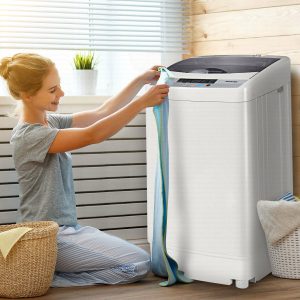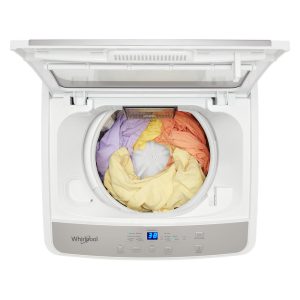Do Fleas Die in the Washing Machine?
Introduction:
Flea infestations can be a significant nuisance, not only for pets but also for pet owners. Understanding whether fleas die in the washing machine can help you develop effective strategies for managing these persistent pests. Washing infested items can be a practical step, but it’s essential to know how effective this method is. This comprehensive guide explores the science and practicality of using a washing machine to kill fleas, with specifics on temperature, detergent effectiveness, and additional measures.
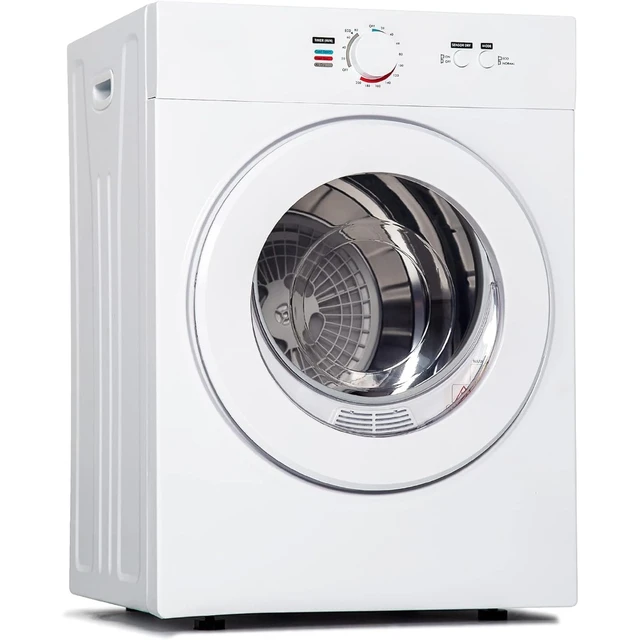
Do Fleas Die in the Washing Machine:
How Effective Is Laundry in Eliminating Fleas?
Flea Biology:
What Makes Fleas Resilient and Difficult to Eliminate?
Understanding flea biology is crucial for knowing why they are so challenging to eradicate. Fleas go through various life stages, each with its own protective mechanisms.
Life Cycle Stages:
Eggs, Larvae, Pupae, and Adults:
Eggs: Flea eggs are tiny and often fall off the host into the surrounding environment, such as bedding and carpets. They are resilient and can survive in various conditions, making them difficult to eliminate through washing alone.
Larvae: Flea larvae are mobile and burrow into fabrics and carpets. They are less resistant to environmental conditions compared to eggs and pupae, but their ability to hide makes them hard to target directly.
Pupae: Pupae have a protective cocoon that shields them from many environmental factors, including water and heat. This stage can be particularly challenging to eliminate, as the cocoon can withstand harsh conditions.
Adult Fleas: Adult fleas are more vulnerable to environmental interventions like washing. They can be killed by high temperatures and detergent, but their ability to jump and hide complicates the eradication process.
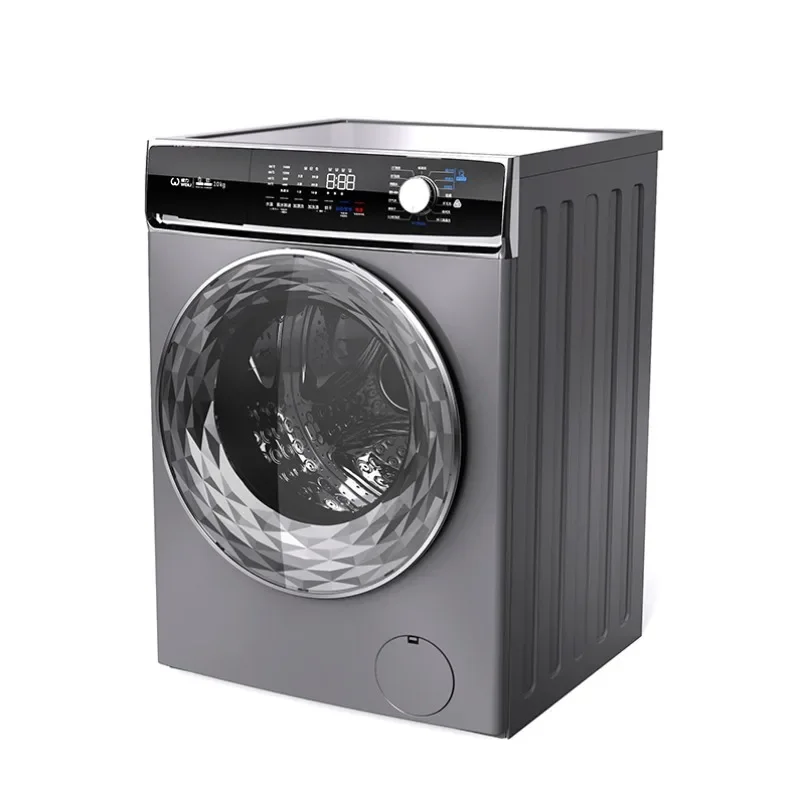
Temperature and Washing Cycles:
How Does the Washing Machine Kill Fleas?
The washing machine can be an effective tool for killing fleas, but certain conditions must be met to ensure success. Temperature and the washing cycle play critical roles.
High-Temperature Efficacy:
Ideal Temperature Settings:
Hot Water: Washing items in hot water (above 95°F or 35°C) is effective at killing adult fleas and larvae. Hot water helps to break down the protective outer layers of the fleas, making them more susceptible to detergent and heat.
Dryer Heat: Using the dryer at a high heat setting (above 120°F or 49°C) for at least 30 minutes can further ensure that any surviving fleas, especially those in the larval or pupal stage, are killed. The combination of washing in hot water and high-heat drying significantly increases the chances of eradicating fleas.
Washing Cycle Duration:
Extended Cycles for Better Results:
Longer Cycles: Using longer washing cycles increases the contact time between the fleas and the detergent, enhancing the likelihood of killing them. Extended cycles ensure that the items are thoroughly agitated and exposed to heat.
Double Cycle: In severe infestations, running a double washing cycle can provide an added layer of reassurance. The second cycle ensures that any fleas surviving the initial wash are exposed to further agitation, detergent, and heat.
Detergent Effectiveness:
How Does Laundry Detergent Aid in Killing Fleas?
The use of detergent is another crucial factor in the effectiveness of washing fleas from fabrics. Detergent helps to break down the fleas’ protective layers and facilitates their removal.
Chemical Action:
Breaking Down Exoskeletons:
Surfactants: Laundry detergents contain surfactants that reduce surface tension and penetrate the exoskeletons of fleas. This chemical action helps to break down the fleas’ protective outer layers, making it easier for heat and mechanical agitation to kill them.
Efficacy of Common Detergents:
Types of Detergents:
Regular Detergent: Regular laundry detergents are generally effective at killing fleas, especially when used in conjunction with hot water. They clean and disinfect the fabrics, removing flea eggs, larvae, and adults.
Specialized Detergents: Some detergents are specifically formulated for pest control and contain additional ingredients designed to kill insects. These can be particularly effective but are not always necessary if high heat is used.
Additional Measures:
What Are Complementary Steps to Ensure Complete Flea Eradication?
While washing and drying can significantly reduce flea populations, combining these methods with other measures ensures more comprehensive control and prevention of re-infestation.
Vacuuming:
Removing Fleas from Home Surfaces:
Frequent Vacuuming: Vacuuming carpets, upholstery, and pet bedding removes fleas at all life stages. It also helps remove flea dirt, which is a primary food source for flea larvae. Dispose of the vacuum bag or empty the canister outside to prevent re-infestation.
Deep Cleaning: For severe infestations, steam cleaning carpets and upholstery may be necessary. The high temperature of steam helps kill fleas and their eggs more effectively than vacuuming alone.
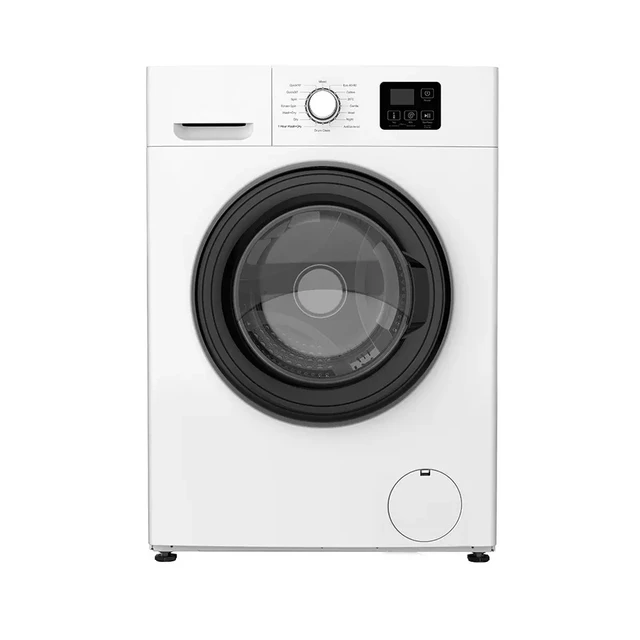
Flea Treatments for Pets:
Direct Pet Interventions:
Topical Treatments: Applying veterinarian-recommended topical flea treatments or oral medications to your pets can help break the flea life cycle by killing adult fleas and preventing them from laying eggs.
Regular Grooming: Regularly grooming pets with a flea comb and bathing them with flea shampoo reduces the number of fleas and provides an opportunity to check for re-infestation.
Environment Control:
Long-Term Prevention:
Insect Growth Regulators: Using insect growth regulators (IGRs) in your home environment can prevent flea eggs and larvae from developing into adult fleas. IGRs are available in sprays and foggers and provide long-term control.
Outdoor Treatments: Treating outdoor areas where pets frequent can prevent fleas from hitching a ride indoors. Yard sprays and diatomaceous earth are effective for controlling flea populations outside.
Pet Bedding and Accessories:
Regular Cleaning:
Frequent Washing: Regularly washing pet bedding, toys, and other accessories in hot water helps keep flea populations under control. Ensure thorough drying at high temperatures to maximize effectiveness.
Substituting Bedding: In cases of severe infestations, consider replacing pet bedding and toys to eliminate any remaining flea eggs or larvae that washing might not have eradicated.
Monitoring and Follow-Up:
Why Is Continuous Monitoring Important for Flea Control?
Even after implementing washing and cleaning measures, continuous monitoring is crucial to ensure that fleas do not return. Flea control requires consistent and diligent efforts.
Inspection Routines:
Regular Checks:
Pet Inspections: Regularly inspect your pets for signs of fleas or flea dirt. Early detection allows for prompt treatment and prevents a full-blown infestation from developing.
Home Inspections: Conduct periodic inspections of commonly affected areas, such as pet beds, carpets, and upholstery, to catch any signs of flea activity early.
Repeat Treatments:
Consistent Application:
Follow-Up Washing: Rewash infested items regularly to prevent any surviving flea eggs or larvae from maturing. Maintaining a schedule can help keep flea populations in check.
Continuous Flea Treatments: Keep up with your pet’s flea treatment regimen as advised by your veterinarian. Consistent application of topical or oral treatments ensures ongoing protection against fleas.
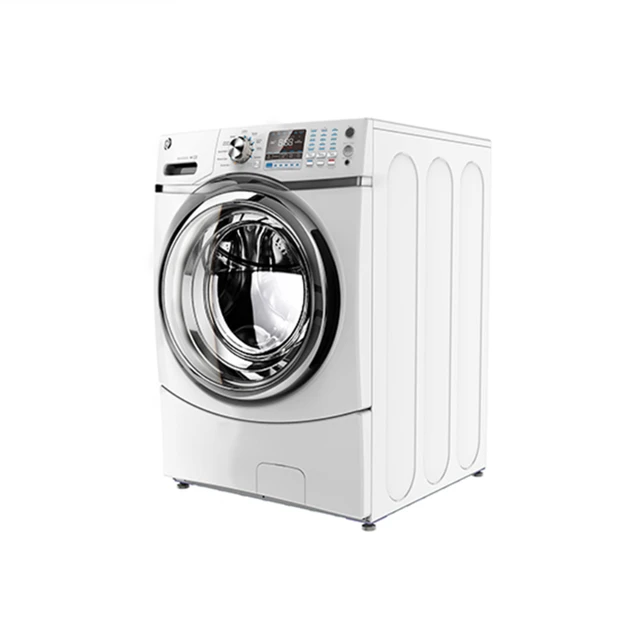
Professional Pest Control:
When Should You Consider Expert Help?
In some cases, flea infestations may be too extensive for DIY measures to be fully effective. Professional pest control services offer comprehensive solutions for severe infestations.
Expert Assessment:
Thorough Evaluation:
Full Inspection: Pest control professionals can perform a thorough inspection of your home to identify the extent of the infestation and locate hidden breeding sites.
Targeted Treatment: They can provide targeted treatments using powerful insecticides and other control methods that are not available over-the-counter, ensuring more effective eradication.
Integrated Pest Management:
Holistic Approach:
Multiple Strategies: Professionals use integrated pest management (IPM) strategies that combine chemical treatments with environmental modifications, mechanical controls, and preventive measures to achieve long-lasting control.
Safety and Effectiveness: Professional treatments are applied safely and effectively, minimizing risks to pets and humans while ensuring the highest level of flea control.
Advantages of washing machines
Ability to Wash Large Quantities:
One of the key advantages of the washing machine is its ability to wash large quantities of clothes in one go. This means we can wash multiple garments, sheets, towels and other textiles with ease, saving time and effort compared to hand washing.
Efficient Cleaning:
The washing machine offers efficient and deep cleaning for our clothes. Washing programs are designed to adapt to different fabrics and soil levels, using different temperatures and rotation speeds to ensure optimal cleaning. Agitation movements and the use of effective detergents make the washing machine more effective in removing stains and dirt.
Saving water and energy:
Modern washing machines are designed to be more efficient in using water and energy. Specific washing programs and adjustable load options allow you to optimize water consumption. Additionally, front-loading washing machines are typically more efficient and use less water compared to top-loading ones. Not only is this beneficial for the environment, but it can also result in significant savings on water and energy bills.
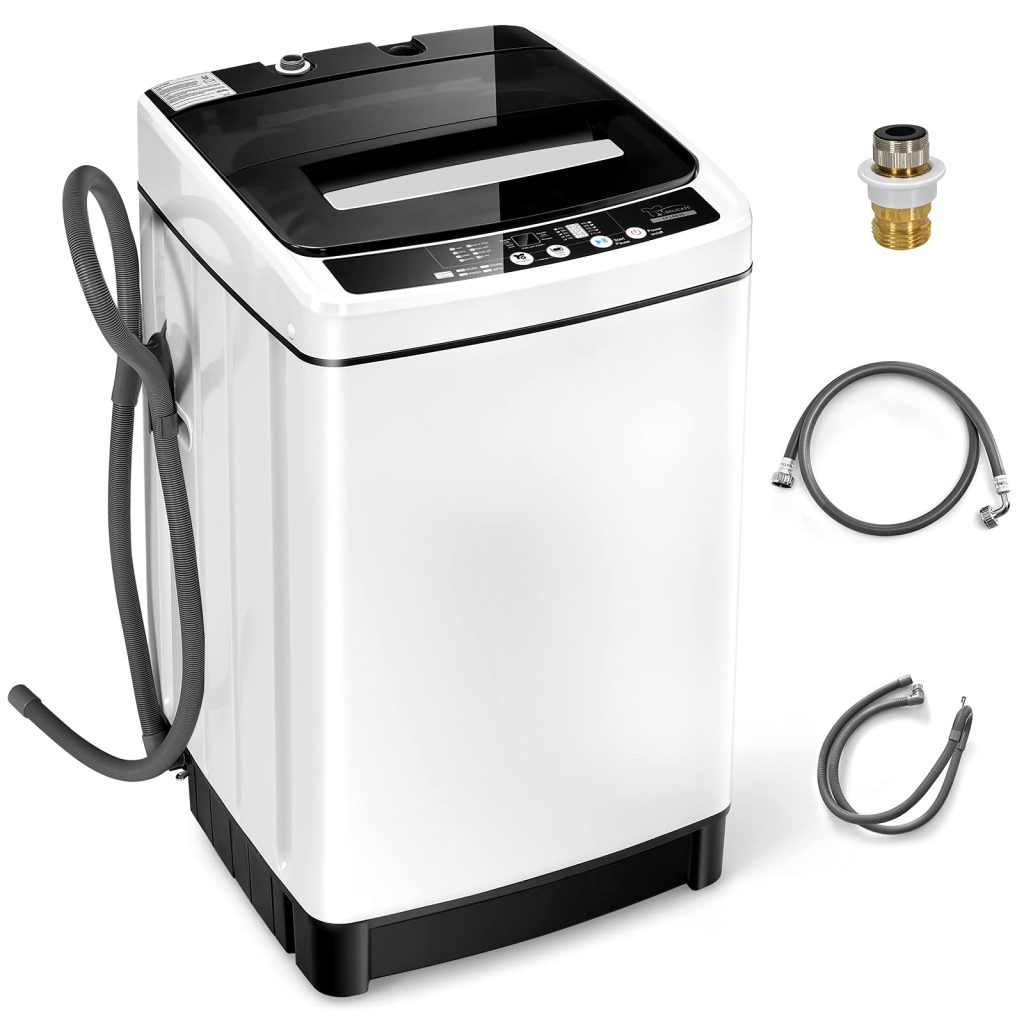
Conclusion
Washing infested items is a useful step in controlling flea populations. But it is not a foolproof solution on its own. Understanding the biology of fleas and employing a combination of methods—including hot water washing, high-heat drying. Regular vacuuming, and pet treatments—provides a comprehensive approach to flea eradication. Keeping up with preventative measures and continuous monitoring ensures ongoing protection against these persistent pests. In cases of severe infestations, professional pest control services can offer more extensive solutions. By combining these strategies, you can effectively manage your flea problem in 2024 and maintain a cleaner, healthier environment for you and your pets.
